The Coin of the Realm
by Charlotte Kent
In artifacts, Estorick and Caballero present generated images of domestic life stylized into coinage from antiquity, Byzantium, and the medieval. A few things are going on here, pointing at different histories and social concerns for our own day.
Fiat currency notoriously depicts official portraits of the great and mighty. Their singularity stamps value on the mineral or paper. With the dismissal of masters and master narratives, proposals arise to depict the daily worker, who would by necessity be generalized, an anonymous figure. As if to broaden the notion of labor, artifacts presents relations across meal tables and interactions of some sort between friends or lovers, implicating the emotional labor needed for the functioning of society produced within the territory of the home and yet still unacknowledged pecuniarily. A variation on the value of emotional toil exists within Web3 as well.
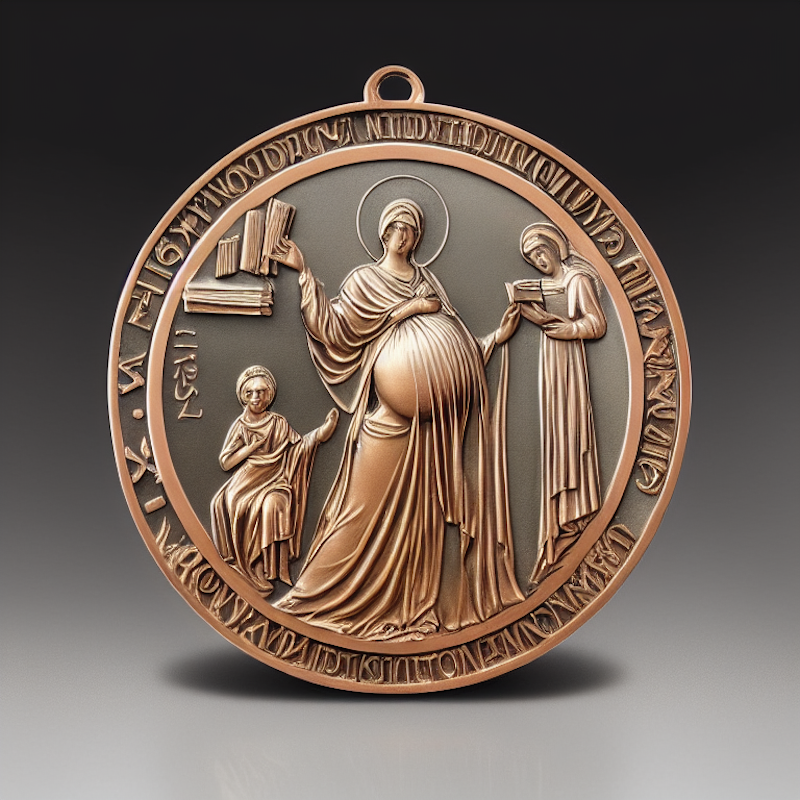
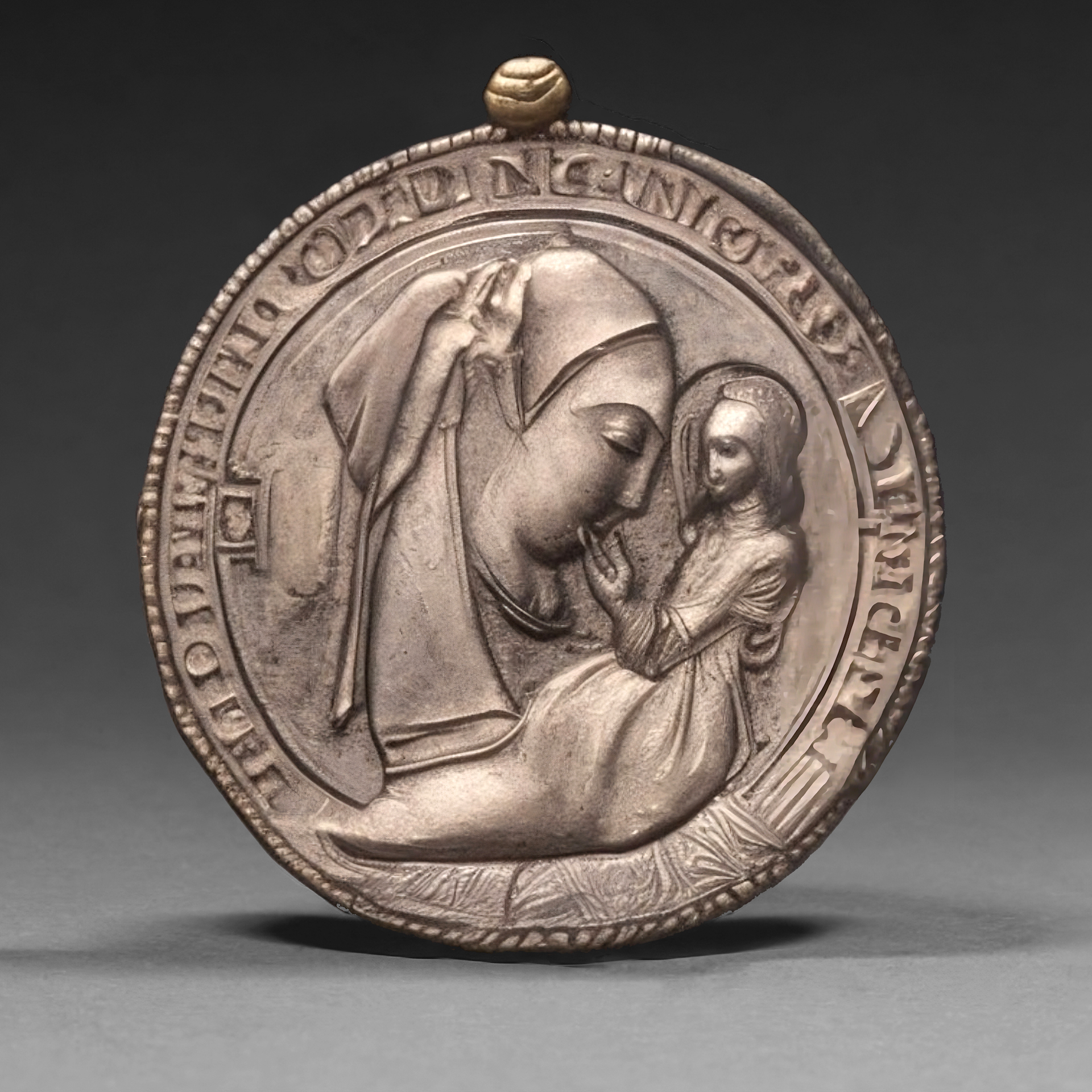
The early NFT market celebrated individual projects, partly owing to the initial emphasis on pseudonymity where the artist was not meant to be the focus. The exponential rate of interest related not only to a growth in market activity but a curiosity about the maker, whose personal identity often became known alongside a desire to hear more about their practice, influences, and lives. This has similarities with the shift from 18th-century salon sales of individual artworks where painters had to outdo themselves with a painting each year, grabbing the spotlight and sale, to the rise of dealers and gallerists in the 20th century who developed narratives of an artist’s career, whereby personal and professional contexts and choices were associated with the value and consequence of works for sale. The artist was as much for sale as the work, exacerbated now by social media.
Global and perpetual platform availability demands constant engagement for algorithmic proliferation. Artists using emergent technologies like blockchain and large model generators meet in the not-so-public square of these platforms, compelled to participate and maintain their presence for the sake of a current or future project. For all the assorted hand-wringing about the tokenization of art, in Web3 the coin of the realm is their lives. Artists have to share themselves. Pictures of lunch, admissions of personal difficulties, excited sightings of significant persons, sincerely expressed passing notions — the emphatic exuberance can be charming, excessive, as well as oppressive. Revealing the intimate and publicizing the personal makes the domestic an occupation with social, political, and economic consequence. All participants express the toll it takes. Could it be otherwise?
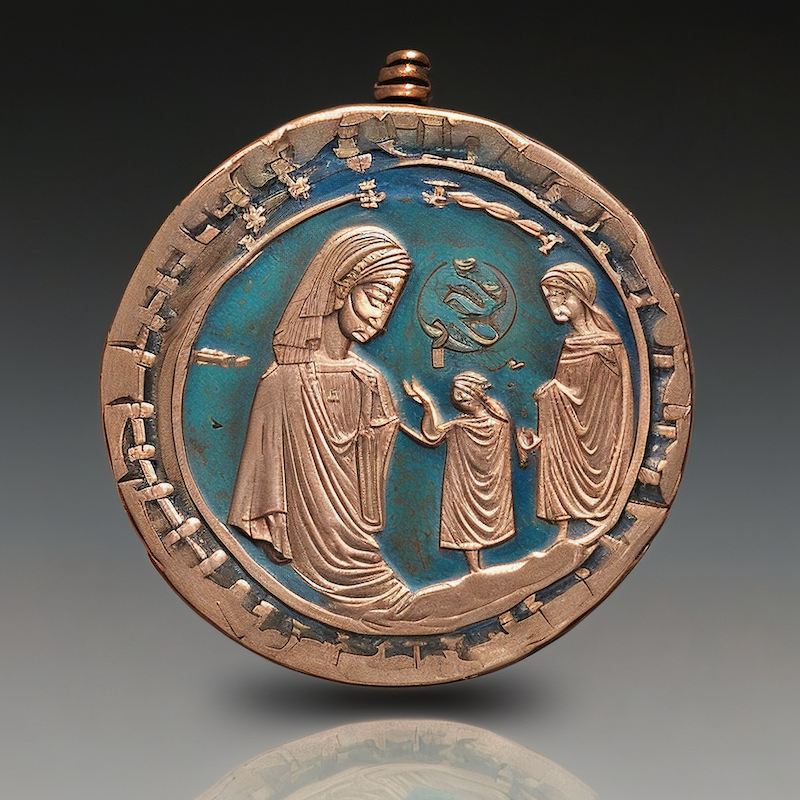
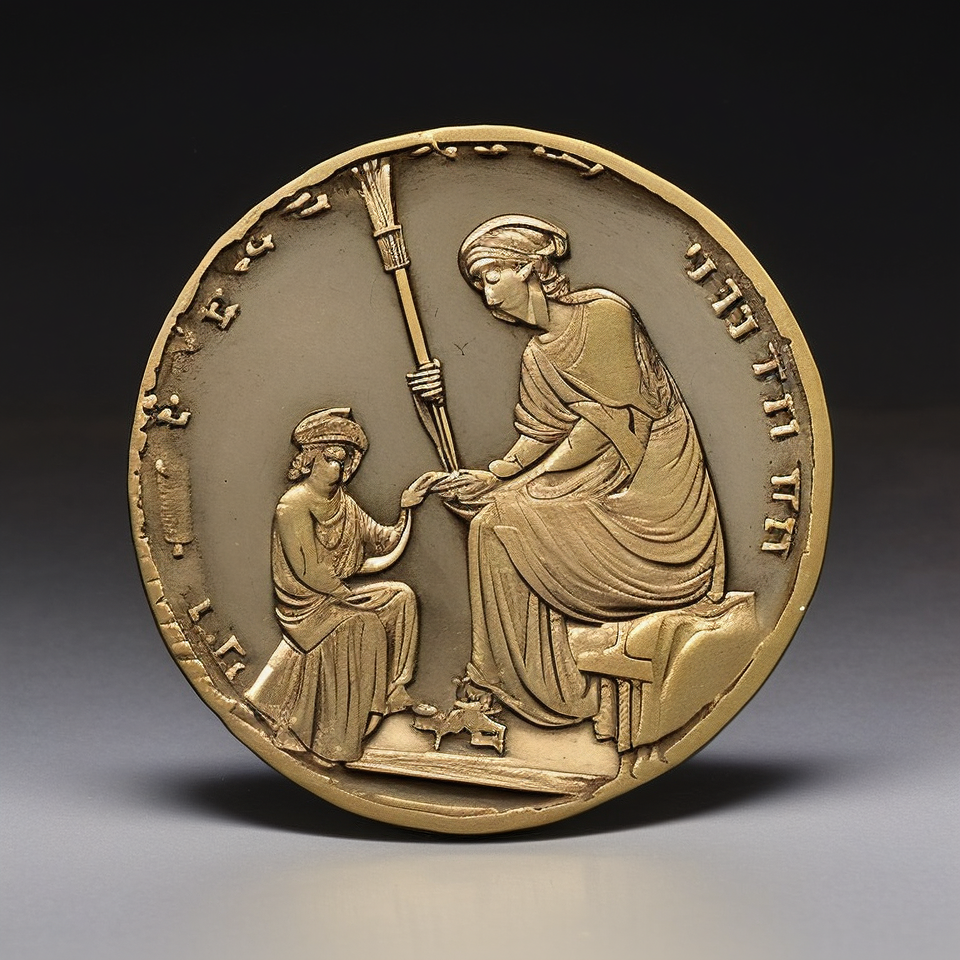
artifacts doesn’t provide answers, nor should it, lest the artists become authorities rather than extending the political significance of decentralized and distributed networks that the internet in the 1990s and then blockchain more recently espoused. As such, artifacts offers images that are both a product of their medium and who we are as participants in an emergent space. Coins unify the social, political and economic with an image; the face side presents the likeness of an ideological leader while the reverse shows some symbol supporting that power. Looking at the various permutations of artifacts, the image might be the face side now distributed across many — as represented in the multiple figures — or else the images of everyday life might serve as symbols of something we are yet to face. These uncertainties are reflective of this moment and the answer cannot be precipitated but will appear as we do, that is to say, in our likeness.
The currency that will sustain the Web3 current is being developed by the image held, shared, and projected by its participants. And, lest the image of a coin be limited in your mind as a disc, artifacts also includes scalloped or polygonal coins to alter and broaden how we see the token hereafter. With artifacts, the coin of the realm is at stake.
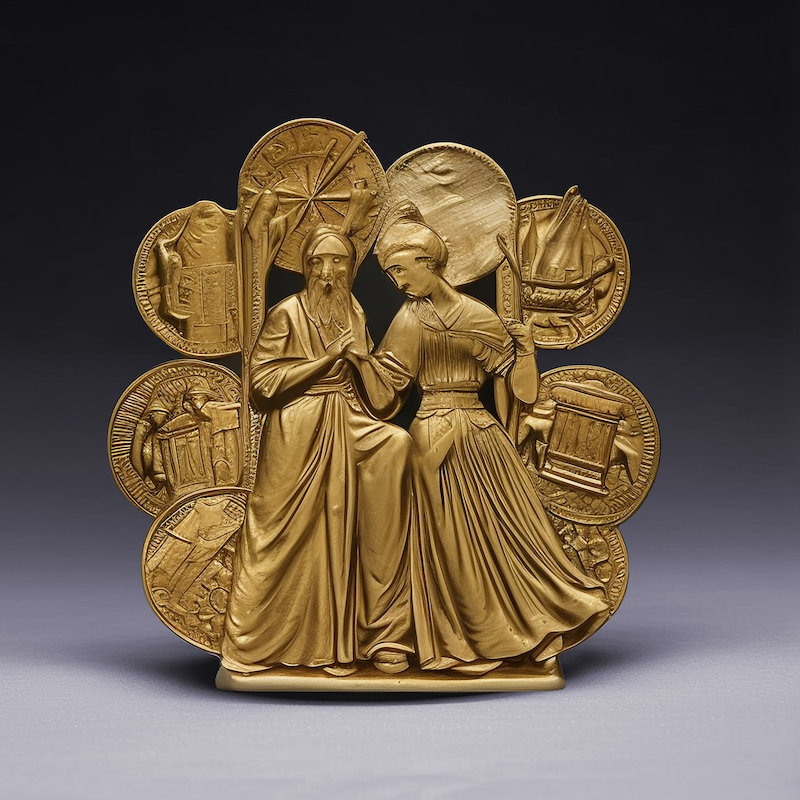
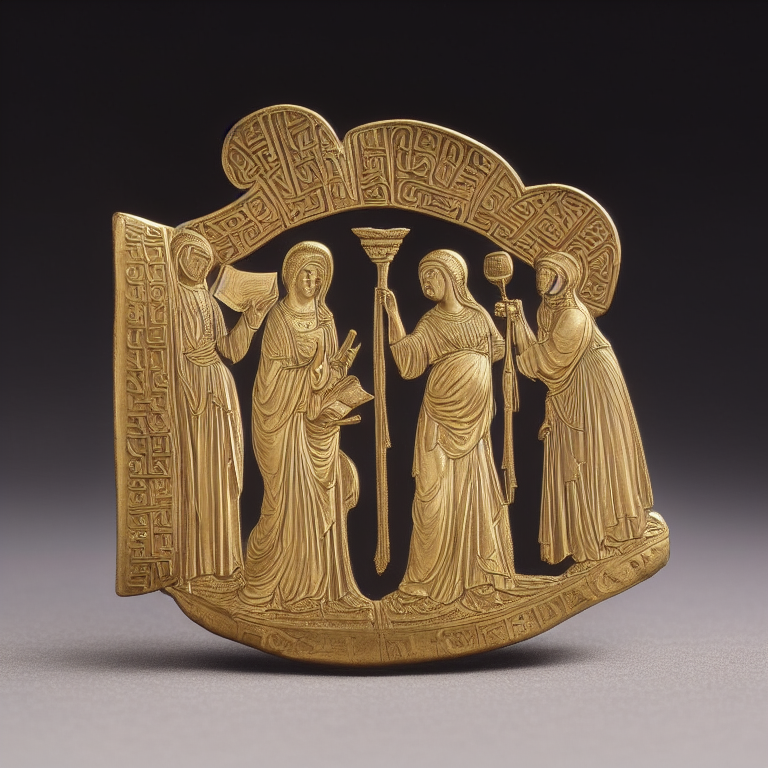
Charlotte Kent, PhD, is an arts writer and Associate Professor of Visual Culture at Montclair State University.
She is an Editor-at-Large with a monthly column and panel on Art & Technology for The Brooklyn Rail and writes for various magazines and academic journals, as well as contributing essays to catalogs and books.
She is co-editor with Katherine Guinness of Contemporary Absurdities, Existential Crises, and Visual Art (forthcoming, Intellect Books).
Follow Charlotte on Twitter and visit her website ckent.art.